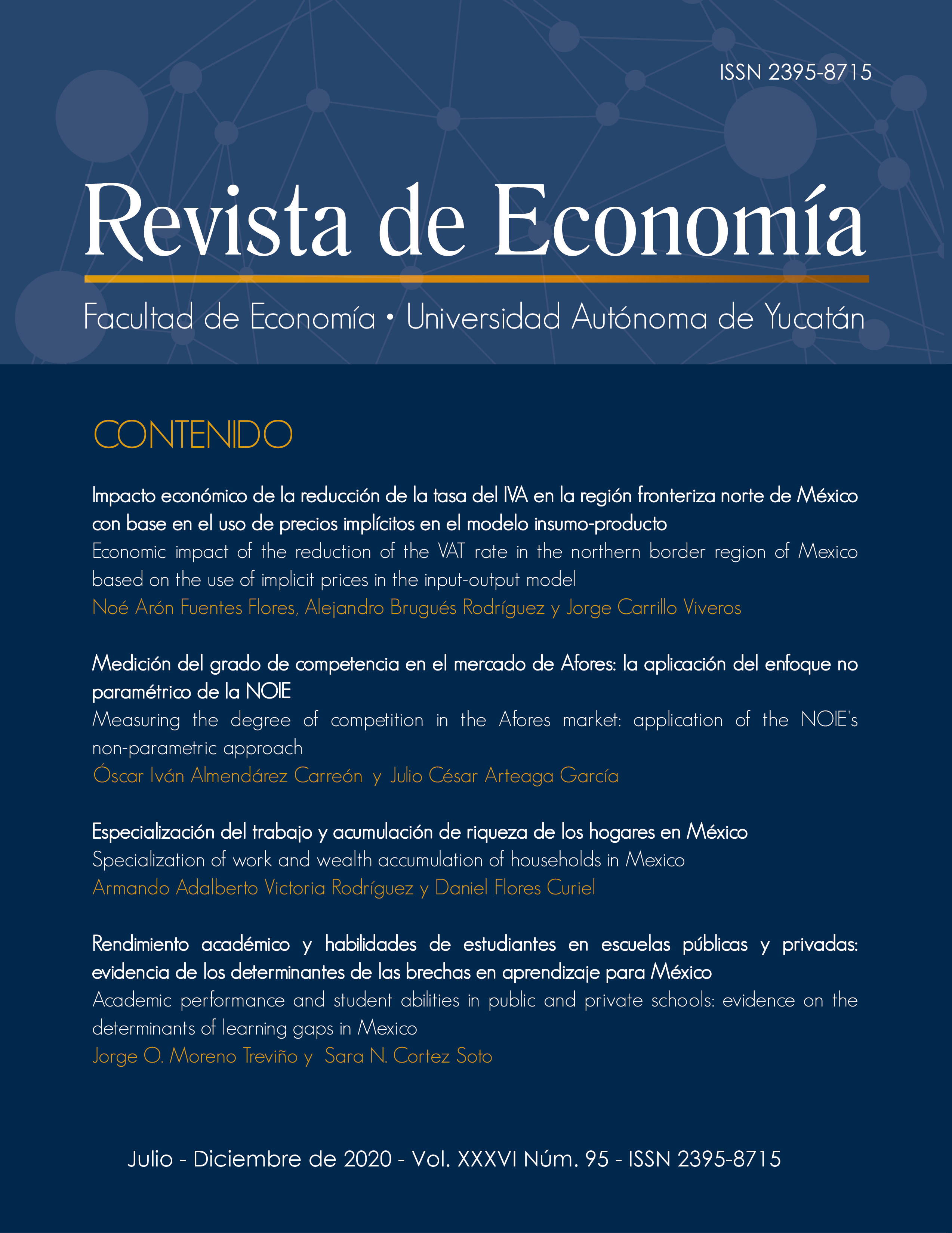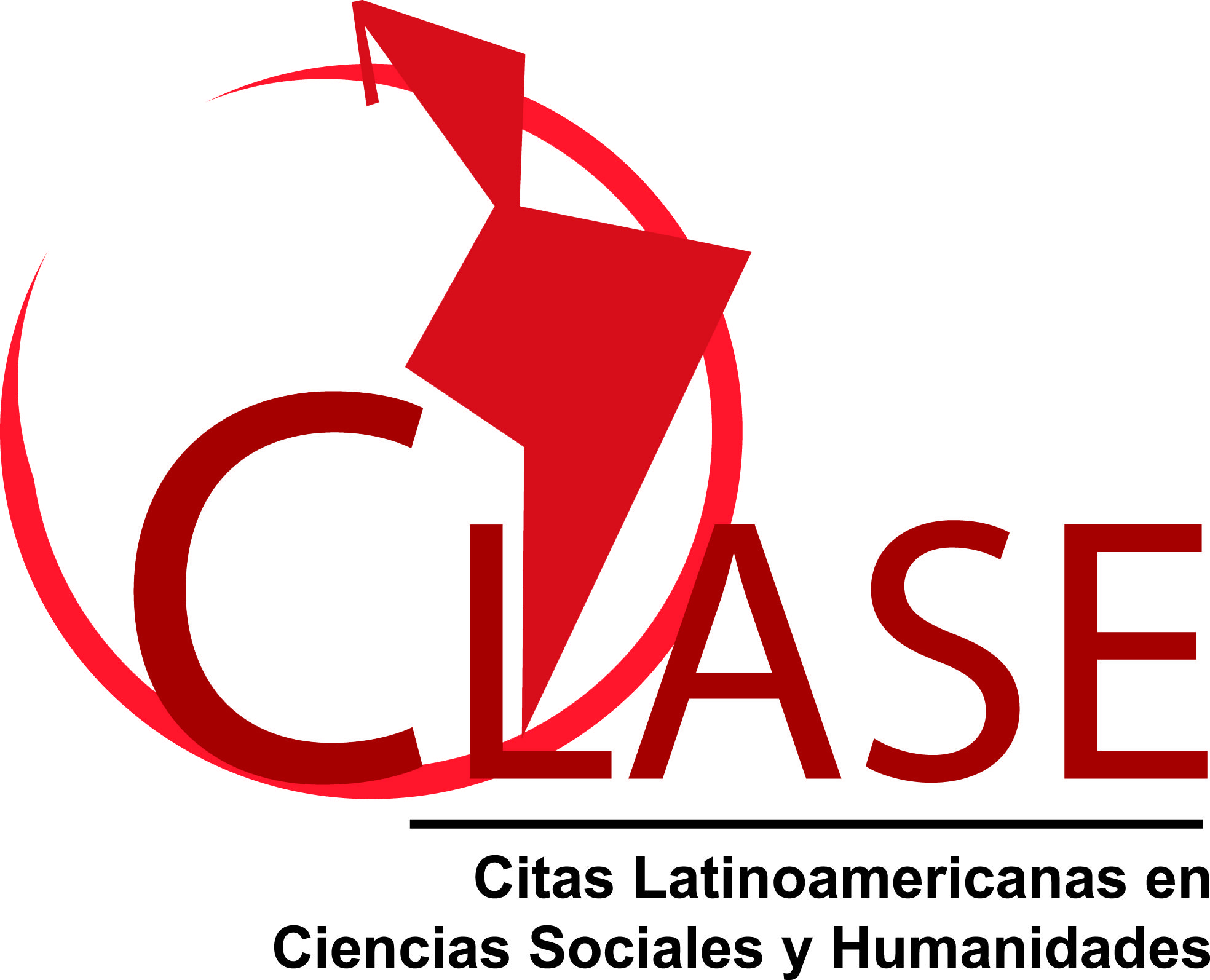Academic performance and student abilities in public and private schools: evidence on the determinants of learning gaps in Mexico
Abstract
This paper analyzes the determinants of academic performance in compulsory secondary education students in public and private schools in Mexico and identifies the source of difference between both systems. The research uses the PISA 2012 data and estimate the treatment effects originally proposed by Heckman and Vytlacil (2005) and applied to the context of education and learning achievement developed by Moreno (2009). The estimates suggest that there is a positive impact in closing the educational gap of factors such as socioeconomic index, mother's education, and, to a lesser extent, father's education, in the same way, that the student's mother lives at home. Also, the estimates show evidence of selection bias towards belonging to a specific type of school, that is, the contextual characteristics of the student such as family’s socioeconomic background determines the inclusion in either public or private schools. A potential limitation in the study is the PISA sample design, which does not consider representativeness at the state or municipal level. An important conclusion from a public policy perspective is that preschool education has a significant positive impact on academic performance and, also, reduces the gap between both public and private education students' achievement.
Copyright (c) 2020 Autonomous University of Yucatan, Mexico

This work is licensed under a Creative Commons Attribution-NonCommercial-ShareAlike 4.0 International License.
D.R. © Revista de Economía
The conditions that are required when granting the attribution license called CC -BY-NC-SA are the following:
1. The Universidad Autónoma de Yucatán must be clearly identified as the owner of the copyright of the original publication.
2. The material may not be used for commercial purposes.
3. Any derivative work must be published and distributed under the same open access license as the original publication.











